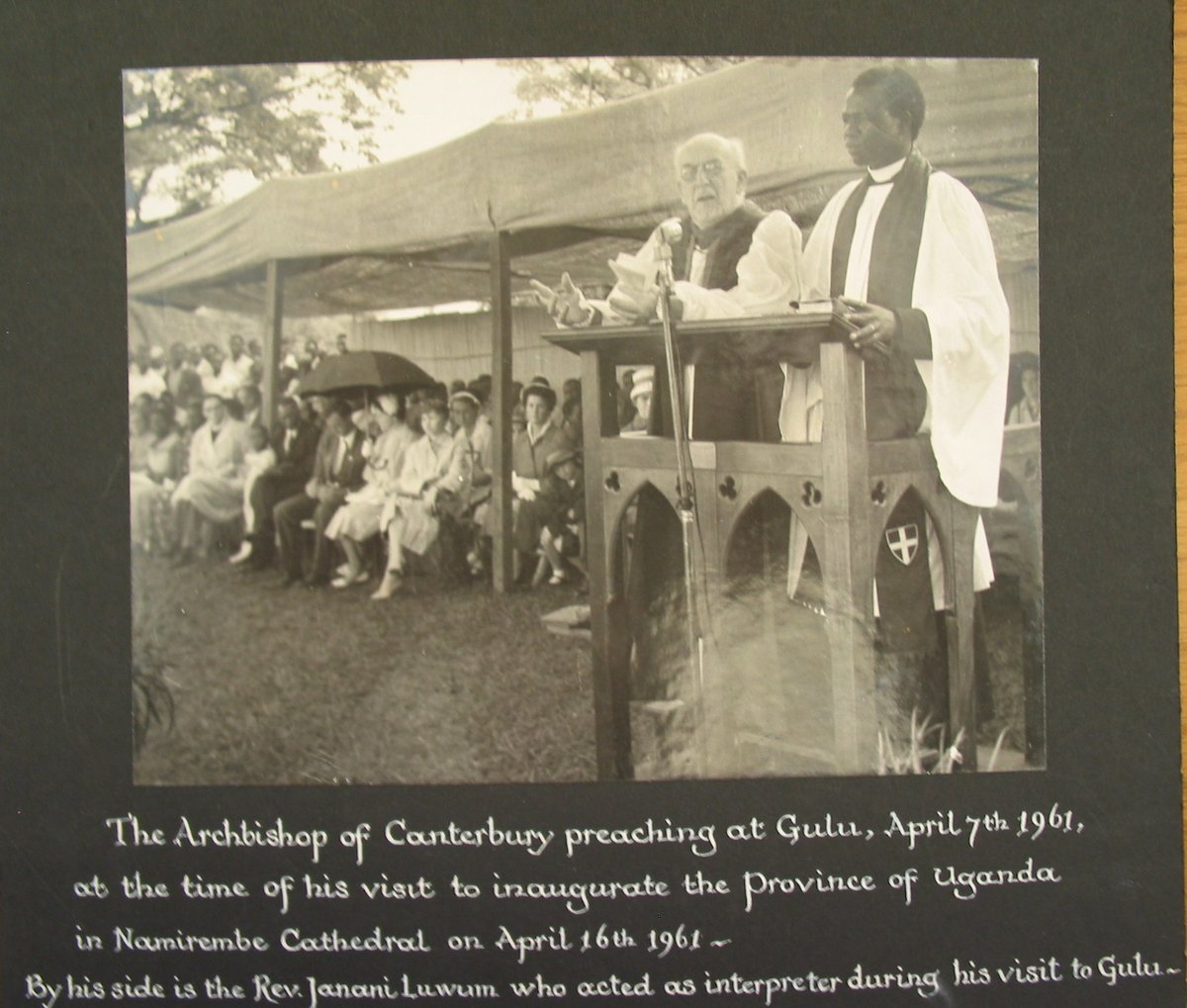
It is my pleasure to begin a short series on Uganda’s precolonial history. Unless indicated otherwise, the images in these posts are used with the kind permission of the Eliot Elisofon Photographic Archives @si_africanart (citations provided). 1/12 

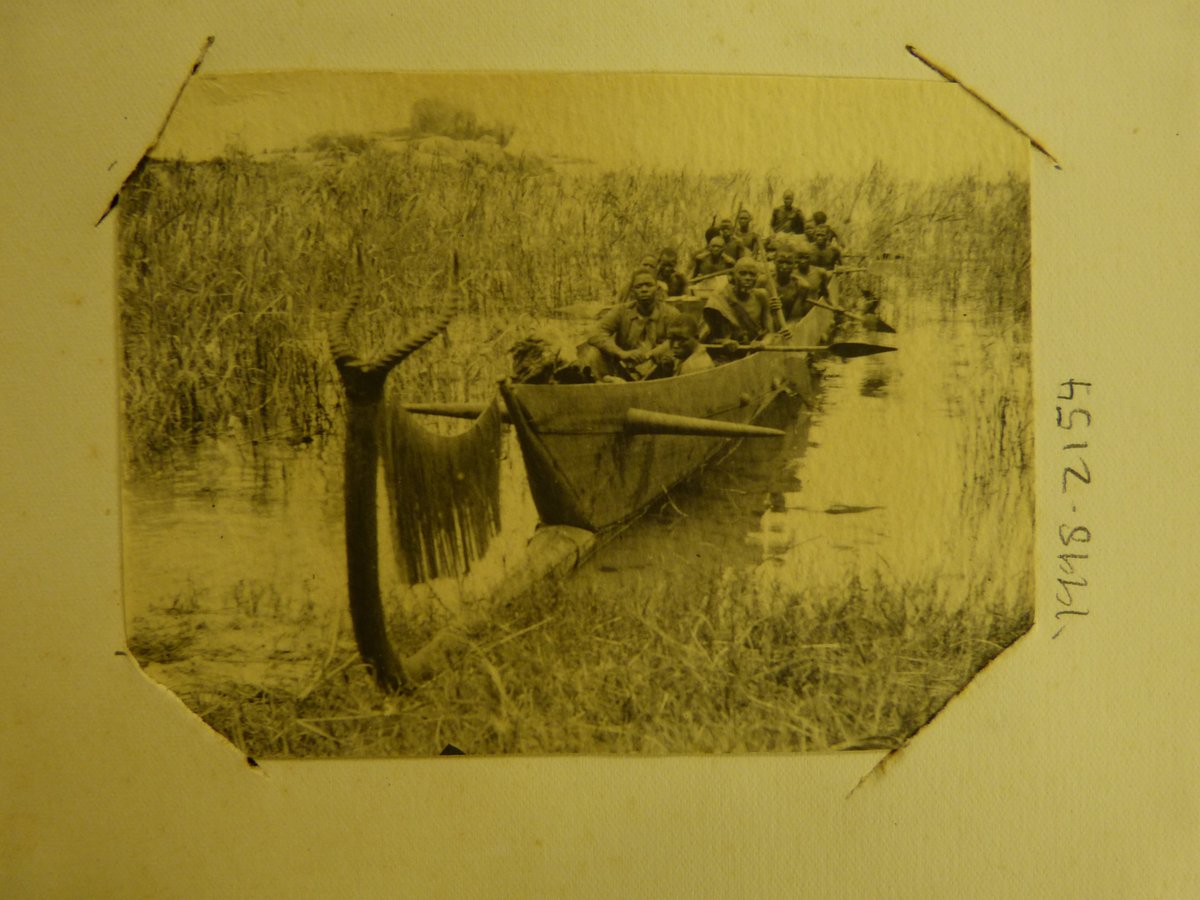
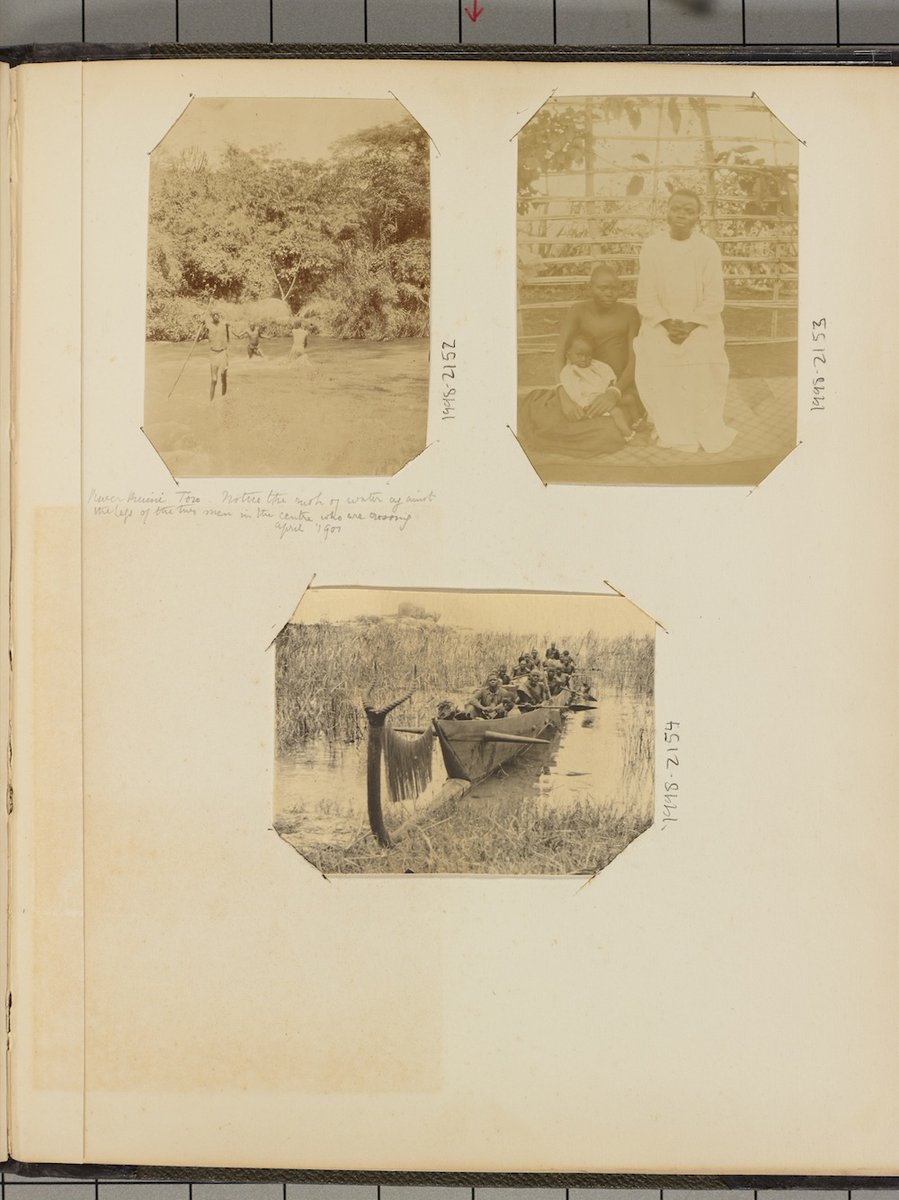
Image 1 (above). No caption. Uganda Photographs, c. 1897 – 1903 EEPA 1998-002-0154 Eliot Elisofon Photographic Archives National Museum of African Art Smithsonian Institution 2/12
The creation & change of canoes in Great Lakes history offer insight into power, mobility, & spiritual authority. As D. Schoenbrun has shown, shrines devoted to canoes began to develop by 1000 CE; & the words used to describe varying canoes had changed by the 12th C. 3/12
Very large, sewn canoes (èryâto) became associated with communities on the Ssese and Buvuma Islands. Terms, including èmmânvu, emerged in Luganda to describe dugout canoes. A whole host of terms & political categories emerged to describe the navigation of bodies of water: 4/12
Gabunga; ggabi; golomola; kalumba; kirima; lubanga; nsizi; and many more. By the mid-1800s, Buganda had amassed thousands of canoes. A. Kaggwa suggested that most canoes were 3-4 metres long. In 1883, Alexander Mackay saw a canoe that was 24 metres long and 1.5 metres wide. 5/12
Image 2. ‘Canoe just standing-Bale-Budu, July 1900. Uganda Photographs, c. 1897 – 1903 EEPA 1998-002-0086 Eliot Elisofon Photographic Archives National Museum of African Art Smithsonian Institution 6/12 

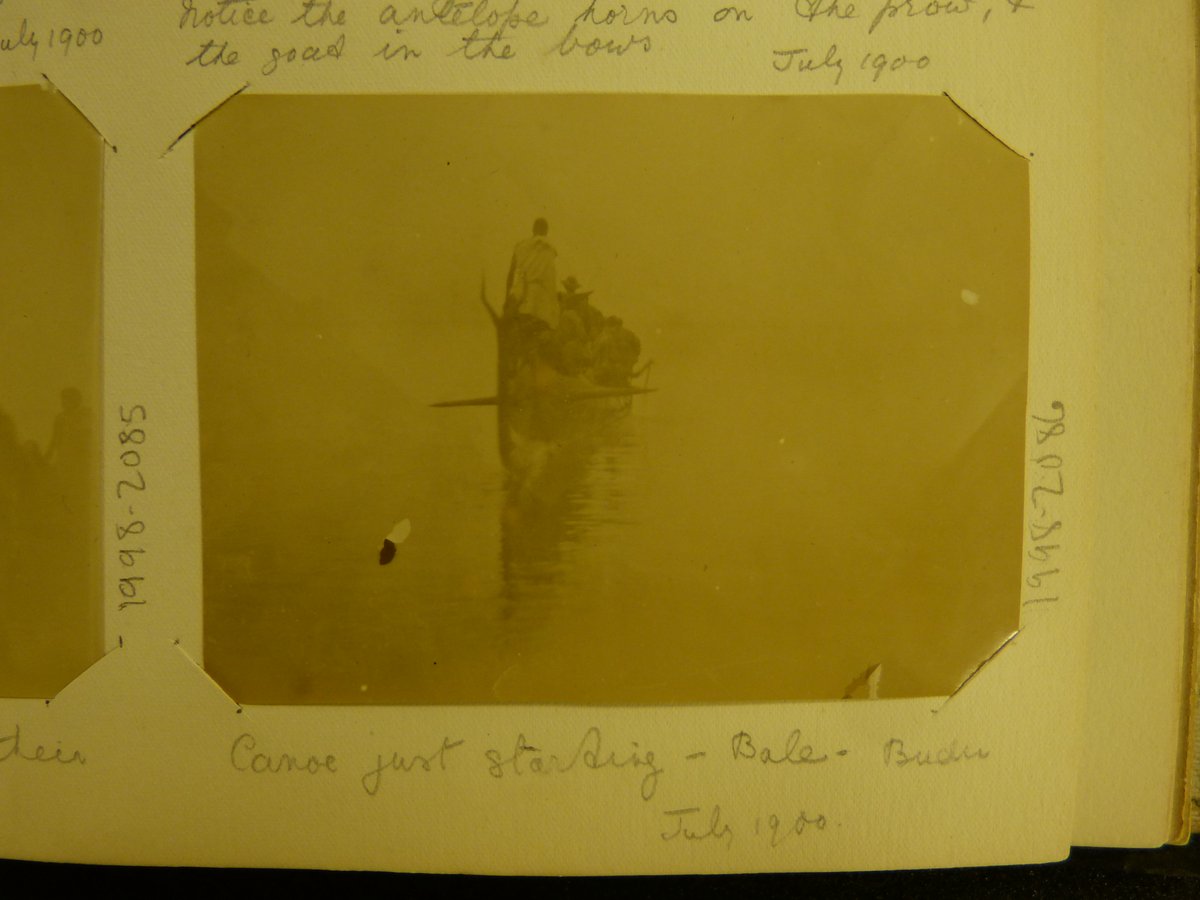

Shortly after the religious wars (1890s), over 10,000 canoes were produced, which required around 30,000 trees. Richard Reid’s work on canoes shows that larger canoes could carry 12 to 14 loads (or around 385 kilos), while smaller canoes carried around 120 kilos. 7/12
Canoes were not only important vessels in the expansion of Buganda and other littoral kingdoms. I am of the opinion that canoes were at the heart of the political struggle between Mukasa and Nnamukasa and Kabaka Mwanga II. 8/12
Image 3. ‘The ferry across the Koki Lake’. Uganda Photographs, c. 1897 – 1903 EEPA 1998-002-0022 Eliot Elisofon Photographic Archives National Museum of African Art Smithsonian Institution 9/12 

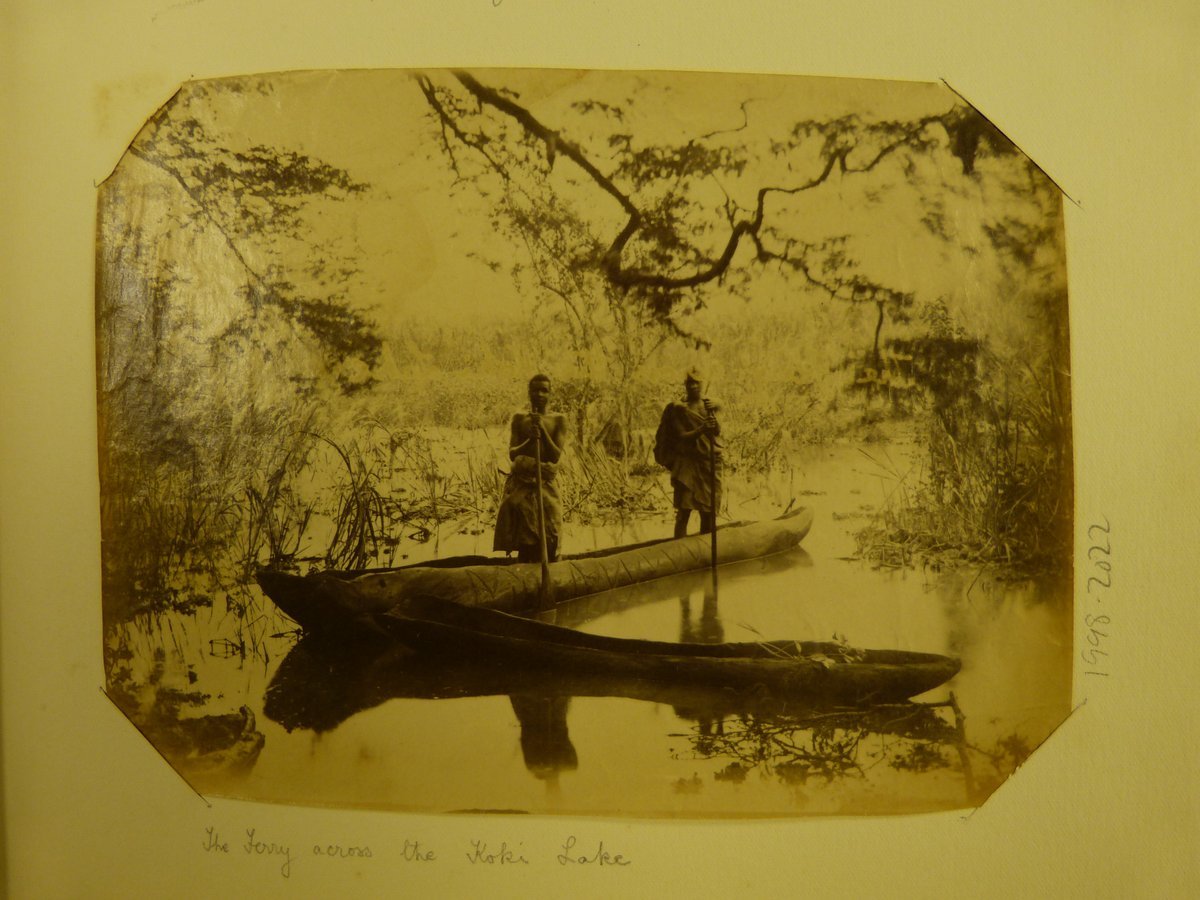

There is evidence to suggest that K. Mwanga’s effort to build Kabaka’s Lake was not so much an attempt to re-assert authority over unruly subjects or create an escape route, 10/12
as it was an effort to demonstrate—once and for all—that Buganda’s landed kings held sway over powerful balubaale who controlled water. What do you think? 11/12
Image 4. ‘The big island on the Lake showing the canoe in which we travelled’. Uganda Photographs, c. 1897 – 1903 EEPA 1998-002-0017 Eliot Elisofon Photographic Archives National Museum of African Art Smithsonian Institution. 12/12 



• • •
Missing some Tweet in this thread? You can try to
force a refresh










